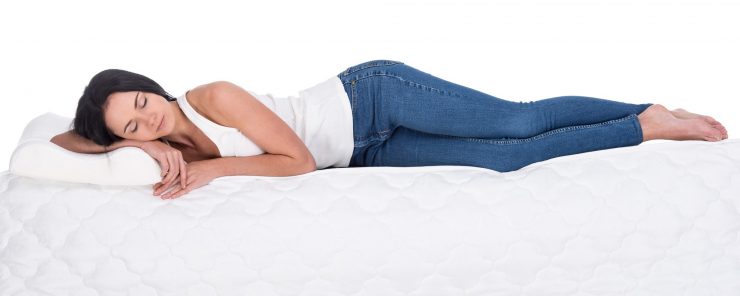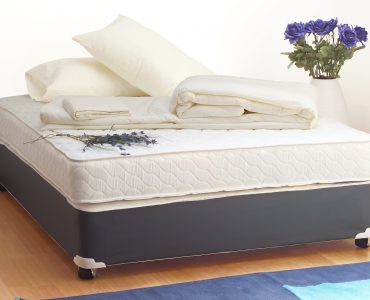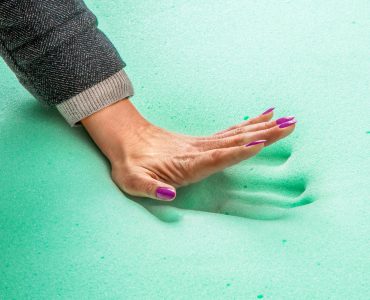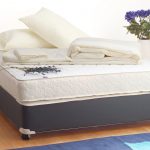No matter how much we are attached to our comfortable mattresses, they don’t last forever, and at some point, they have to be replaced. We spend about a third of our lives on them and so they are important to our general well-being. Once the signs of age have been noticed, then its time to think about investing in a new one.
In this article we will look at how important mattresses are, how long they last for, when they should be replaced and what to look for in a new mattress.
A good quality mattress is a hugely important factor in healthy living, and applies to adults, the elderly, babies and young children. How people feel is often directly affected by how well they sleep and getting a good night’s sleep is essential in helping the body to function properly. The right mattress means we wake up each morning refreshed and without the aches we could get from sleeping on an old mattress. When we sleep our bodies rebuild, with cells being regenerated and muscle tissue developed.
Signs that an old mattress is not the best mattress Include waking up with aches and pains because it is not providing the support it should. A dip in the middle or being able to see the springs through it are bad signs, as well as it creaking and pinging throughout the night. They can also be full of allergens and germs, even if bedding is washed regularly. In fact, absorption of dead skin cells, mites, oil and perspiration all make the mattress heavier. Our bodies, change too, so if we have lost or gained weight, for example, the existing mattress may no longer be comfortable. However, the main indicator is the actual age of the mattress – it is recommended that they are replaced very eight years as during this time it will lose much of its original support and comfort.
So, once the decision has been made to invest in a new mattress – which are the best mattresses for each individual’s needs?
There are many different types – from memory foam, to latex to spring to combination, or specialist types such as orthopaedic. One of the ways to establish which suits best is for people to work out what position they mostly sleep in, so they can see what are their pressure points and thus find out which combination of soft and supportive best suits.
Side sleepers, for example are probably best served by softer mattresses which provide more cushioning and allow the body to sink slightly into them. Those who sleep on their backs will require their mattress to give strong support to help maintain optimal alignment of the spine.
Memory foam mattresses mould to people’s body shapes and can be helpful for people with back aches and pains as the surface can keep the spine aligned. Pocket spring mattresses are made up of individual springs sitting in their own fabric pockets and help to stop partners rolling together as the individual springs support the body. There are also coil spring mattresses and combination mattresses too.
A useful statistic to remember – during the average 8-year life span of a mattress we spend 20,761 hours lying on it. So, the next one is definitely worth the research and investment.













